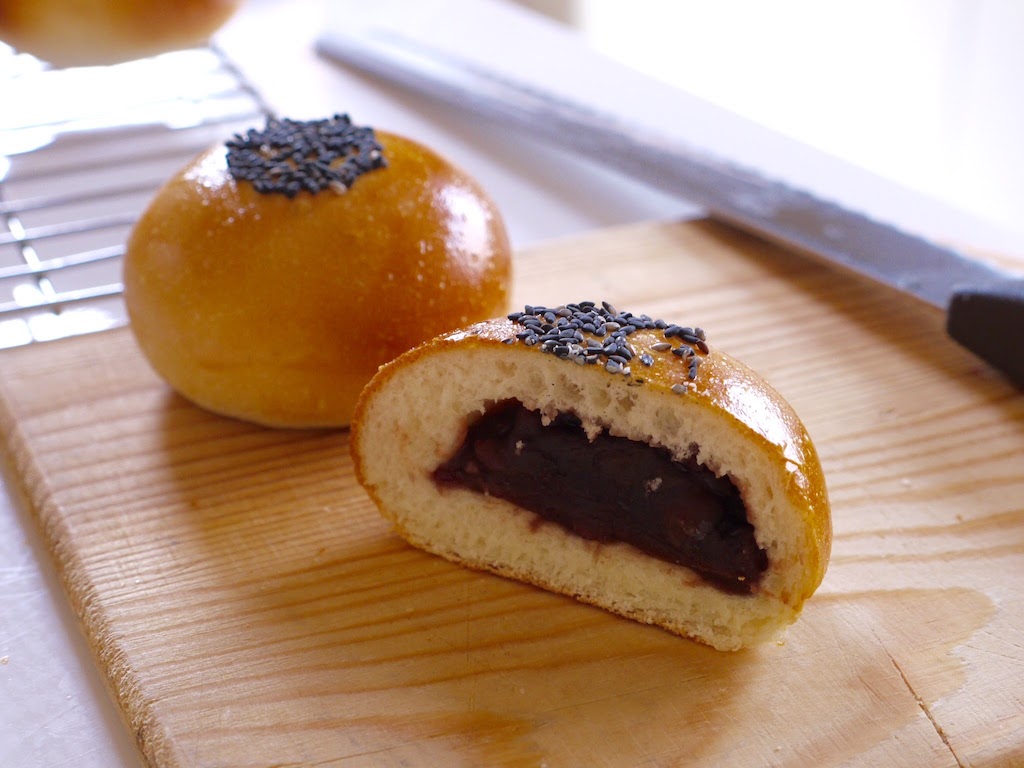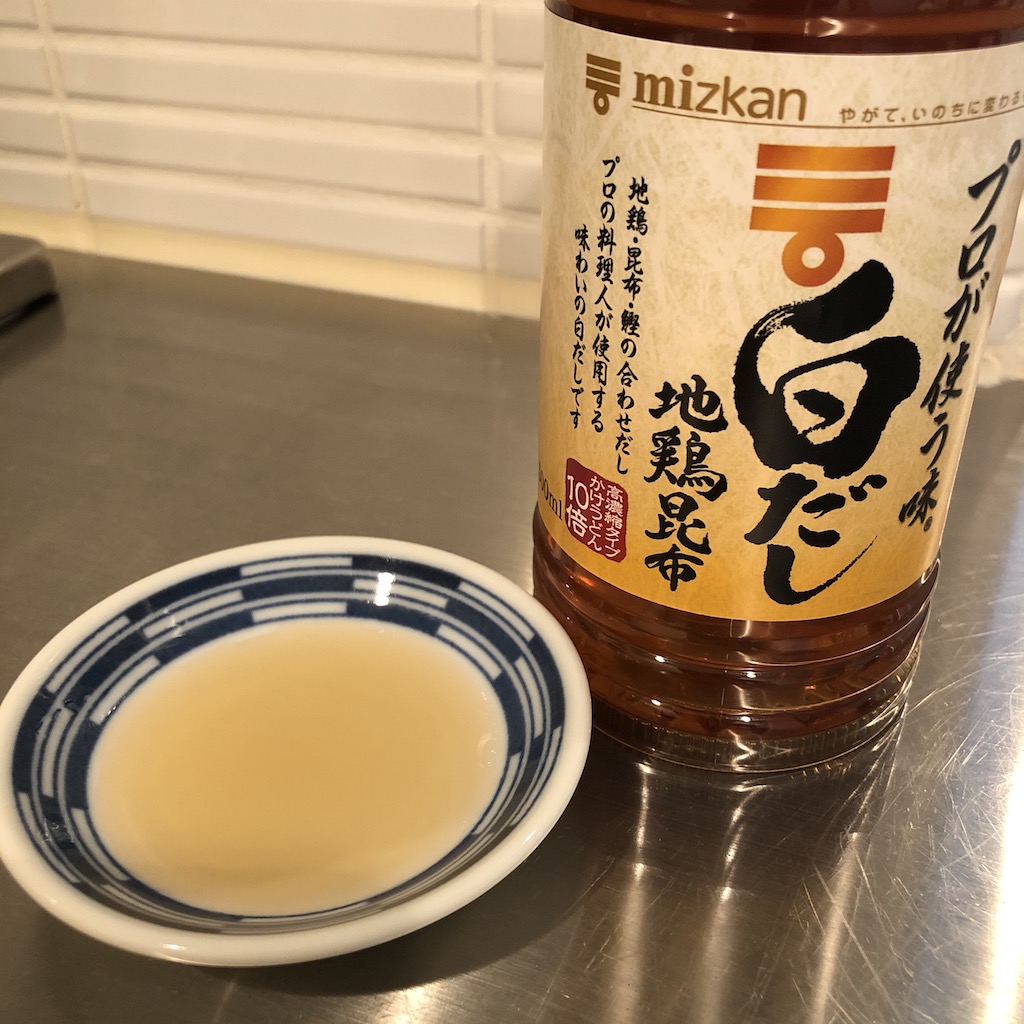Remembering a lots of vocabulary is very tough when learning new languages, right?
I have faced really tough time learning English words everyday back at school because English is not my native language.
So, I want to share the list of food name in Japanese with you, and hope you can learn hiragana characters with fun!
Some of them are maybe eaten in your countries too, others are particular to Japan. Enjoy learning food culture of Japan!
Let’s check the list of foods that start with “あ”
- あーもんど (アーモンド) / A-MONDO
- あいすくりーむ (アイスクリーム) / AISUKURI-MU
- あいすこーひー (アイスコーヒー) / AISUKO-HI-
- あおじる (青汁) / AOJIRU
- あおのり (青のり) / AONORI
- あかがい (赤貝) / AKAGAI
- あかかぶ (赤カブ) / AKAKABU
- あかしやき (明石焼き) / AKASHIYAKI
- あかたまねぎ (赤玉ねぎ) / AKATAMANEGI
- あかぴーまん (赤ピーマン) / AKAPI-MAN
- あさり / ASARI
- あじふらい (アジフライ) / AJIFURAI
- あじつけのり (味付け海苔) / AJITSUKENORI
- あずき (小豆) / AZUKI
- あすぱらがす (アスパラガス) / ASUPARAGASU
- あせろら (アセロラ) / ASERORA
- あつあげ (厚揚げ) / ATSUAGE
- あっぷるぱい (アップルパイ) / APPURUPAI
- あつやきたまご (厚焼き玉子) / ATSUYAKITAMAGO
- あなご (穴子) / ANAGO
- あぶらあげ (油揚げ) / ABURAAGE
- あぼかど (アボカド) / ABOKADO
- あまえび (甘海老) / AMAEBI
- あまぐり (甘栗) / AMAGURI
- あまなっとう (甘納豆) / AMANATTO
- あめ (飴) / AME
- あめりかんどっぐ (アメリカンドッグ) / AMERIKANDOGGU
- あゆ (鮎) / AYU
- あられ / ARARE
- あわび (アワビ) / AWABI
- あんきも (あん肝) / ANKIMO
- あんこ (餡子) / ANKO
- あんず / ANZU
- あんぱん (あんパン) / ANPAN
あーもんど (アーモンド) / A-MONDO
This is Japanese term for “almond”.
Almond is often eaten in Japan as a snack or ingredient in sweets. Chocolate-covered almonds is especially popular snack.
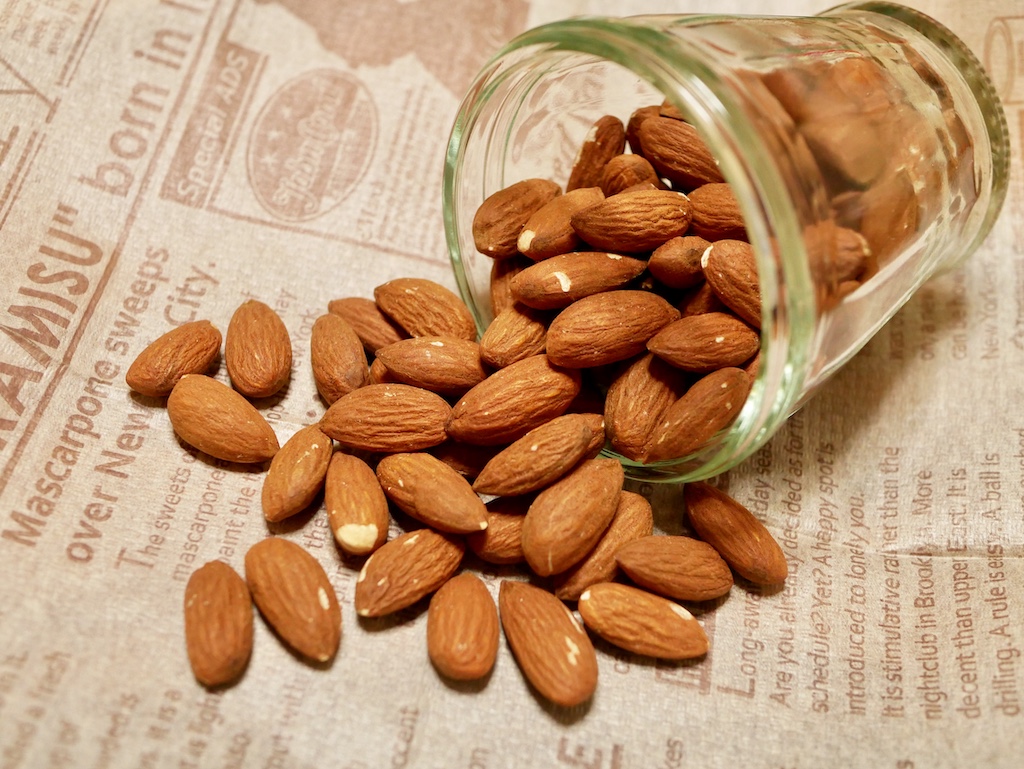
あいすくりーむ (アイスクリーム) / AISUKURI-MU
This is Japanese term for “ice cream”.
Japanese would rather say あいす (AISU) than saying あいすくりーむ (AISUKURI-MU) in daily conversation.

あいすこーひー (アイスコーヒー) / AISUKO-HI-
This is Japanese term for “iced coffee”.
Iced coffee is very popular drink especially during summer. Japanese convenience stores usually own great coffee machine all, so you can drink high quality iced/hot coffee all over Japan so easy.
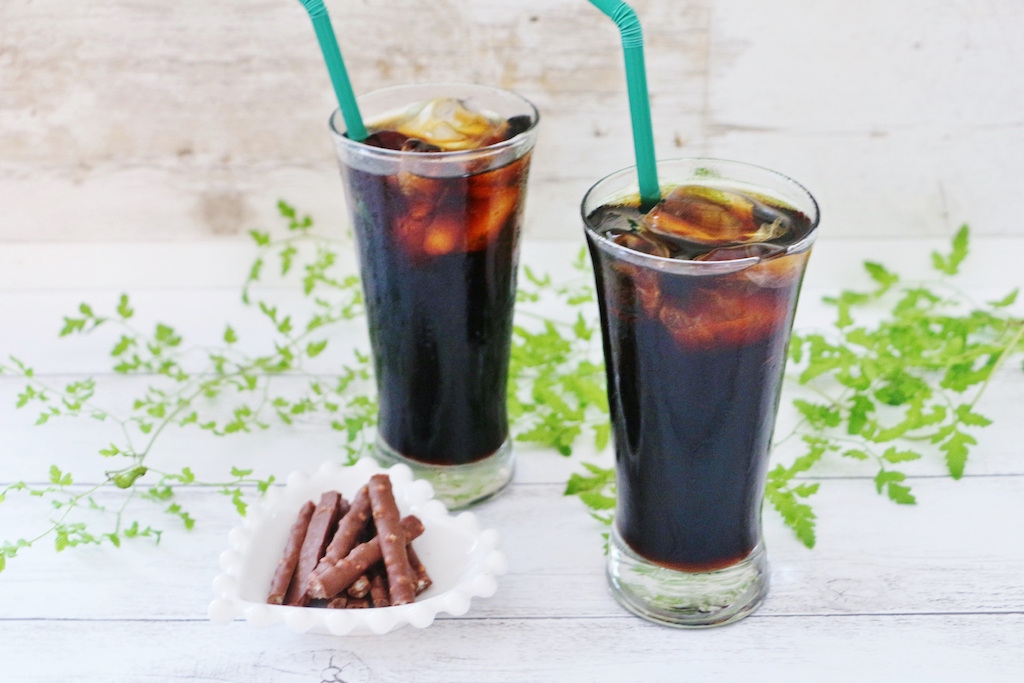
あおじる (青汁) / AOJIRU
This is Japanese term for “green juice”.
Aojiru (green juice) in Japan is made from green leafy vegetables such as barley young leaves and kale. It has been popular as a health food in Japan for a long time.

あおのり (青のり) / AONORI
This is Japanese term for “dried green seaweed” or “dried green laver”.
It’s very common topping for okonomiyaki, takoyaki, and yakisoba noodles.
Interested in learning more about Aonori?
What Is Aonori Flakes and How Is It Used?

あかがい (赤貝) / AKAGAI
This is Japanese term for “red clam”.
It’s mainly used for sushi and sashimi. あか (AKA) means red, and the name is originated from the red body of the shellfish.

あかかぶ (赤カブ) / AKAKABU
This is Japanese term for “red turnip”. かぶ (KABU) means turnip.
It’s usually used in pickles and salad. It may look like beetroot, but they are categorized in different genus.
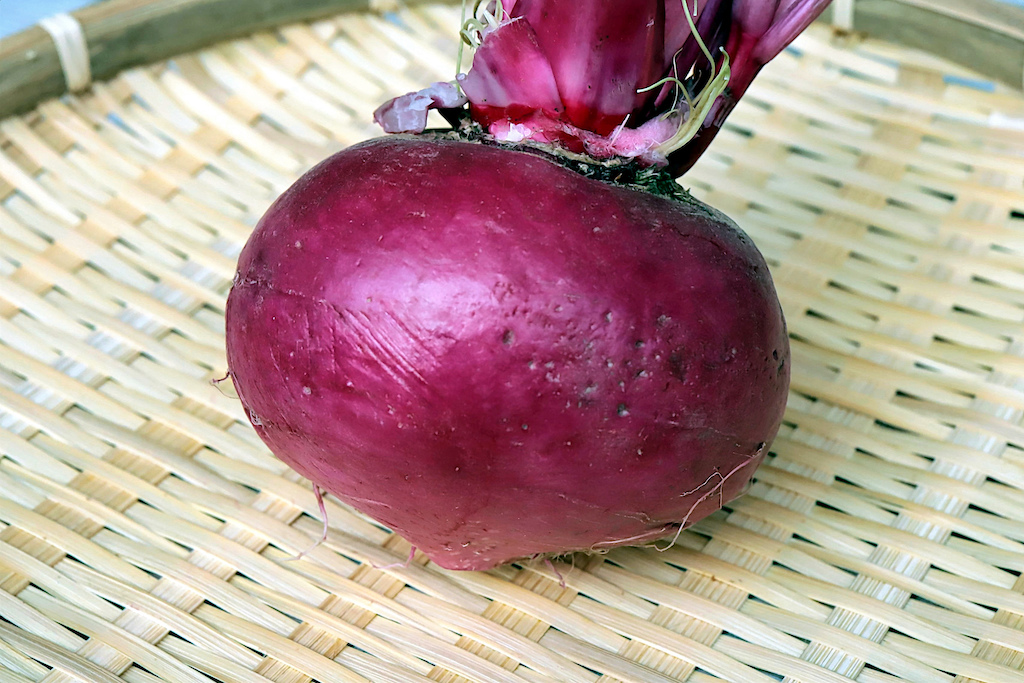
あかしやき (明石焼き) / AKASHIYAKI
Akashiyaki is a local food of Akashi in Hyogo prefecture. On the outside, it looks like takoyaki, but has a softer texture than takoyaki.
The big differences from takoyaki are it’s eaten with dipping sauce made from dashi, and the dough contains more eggs.
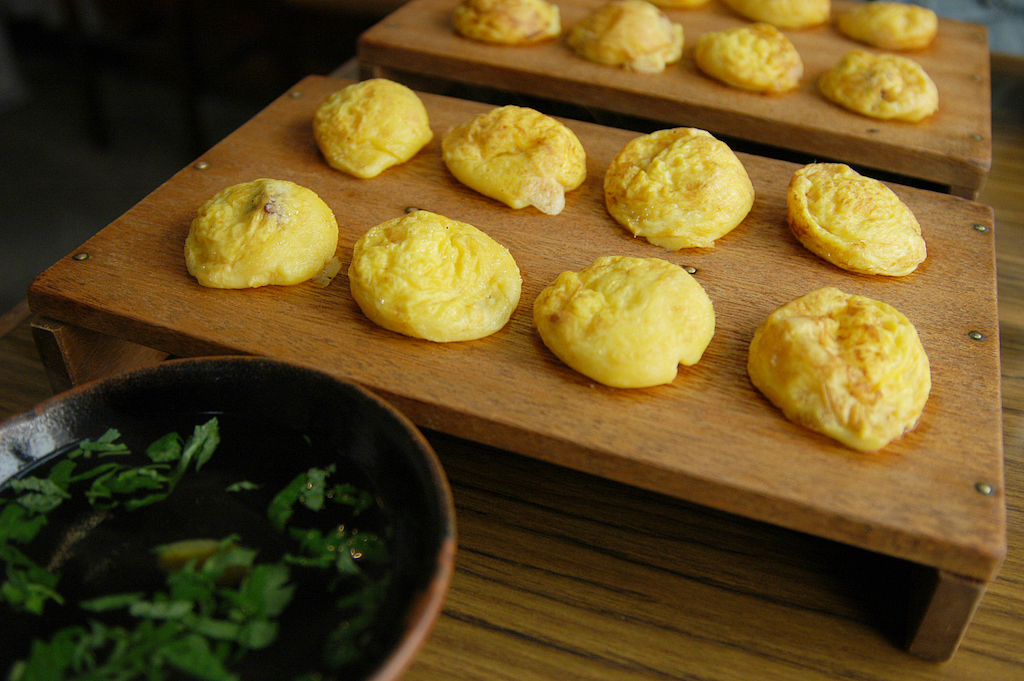
あかたまねぎ (赤玉ねぎ) / AKATAMANEGI
This is Japanese term for “red onion”. たまねぎ (TAMANEGI) means onion.
Red onion is also called むらさき たまねぎ (MURASAKI TAMANEGI) in Japanese. むらさき (MURASAKI) means purple.
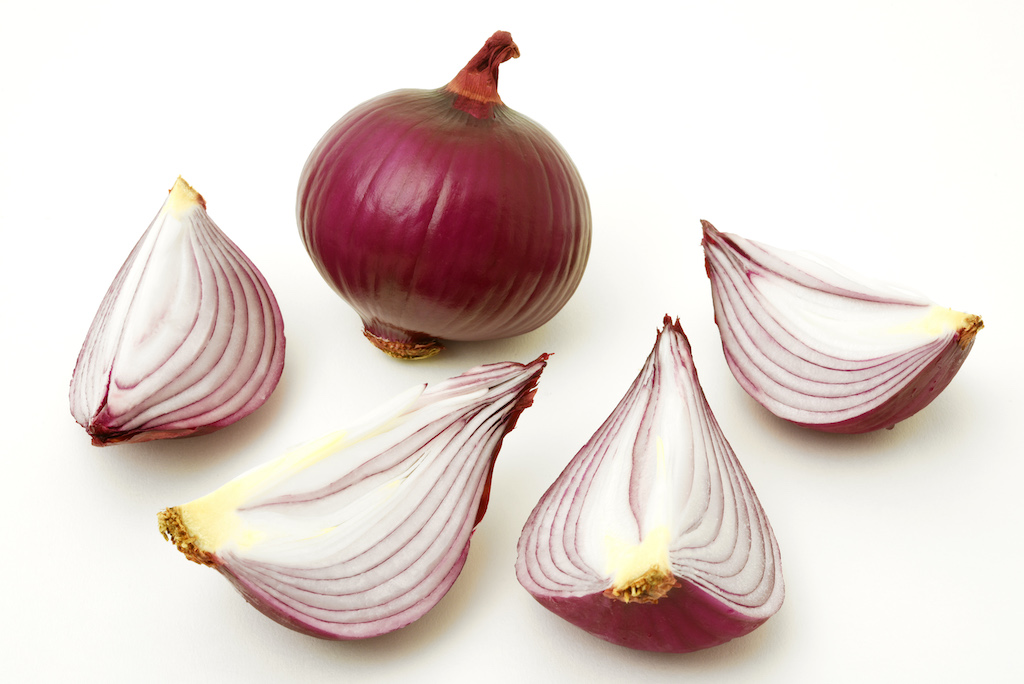
あかぴーまん (赤ピーマン) / AKAPI-MAN
This is Japanese term for “red bell pepper”.
Japanese also call it ぱぷりか (PAPURIKA), and it’s the same as paprika in English.
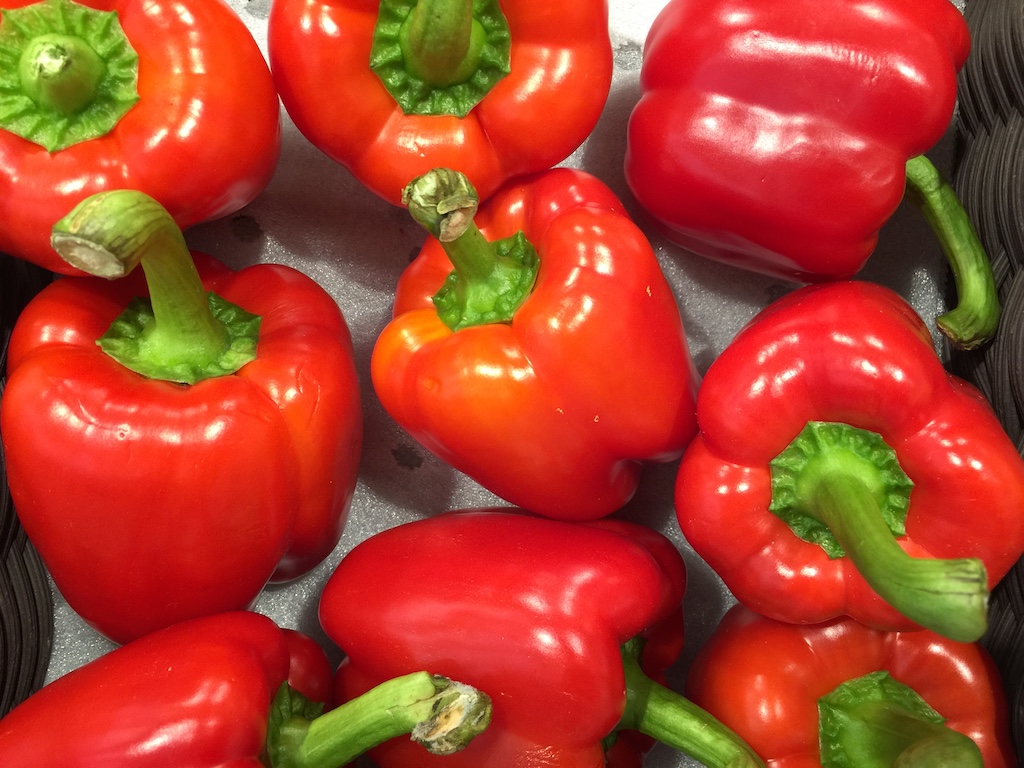
あさり / ASARI
This is Japanese term for “clam”.
Clam is often used in Japanese dishes such as miso soup, pasta sauce, and steamed clams with sake.
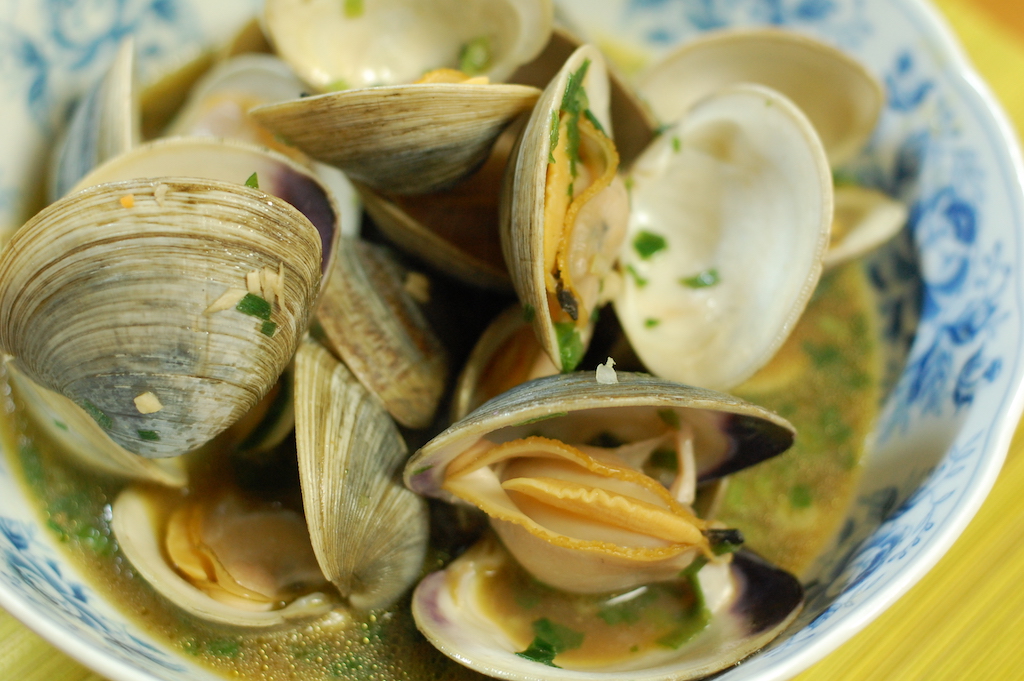
あじふらい (アジフライ) / AJIFURAI
This is Japanese term for “deep-fried horse mackerel”. あじ (AJI) means horse mackerel.
The really fresh horse mackerel can be eaten as a sashimi. Deep-fried horse mackerel is also great to enjoy this fish in Japan.
The word ふらい (FURAI) is used to describe deep-fried dishes in Japanese.
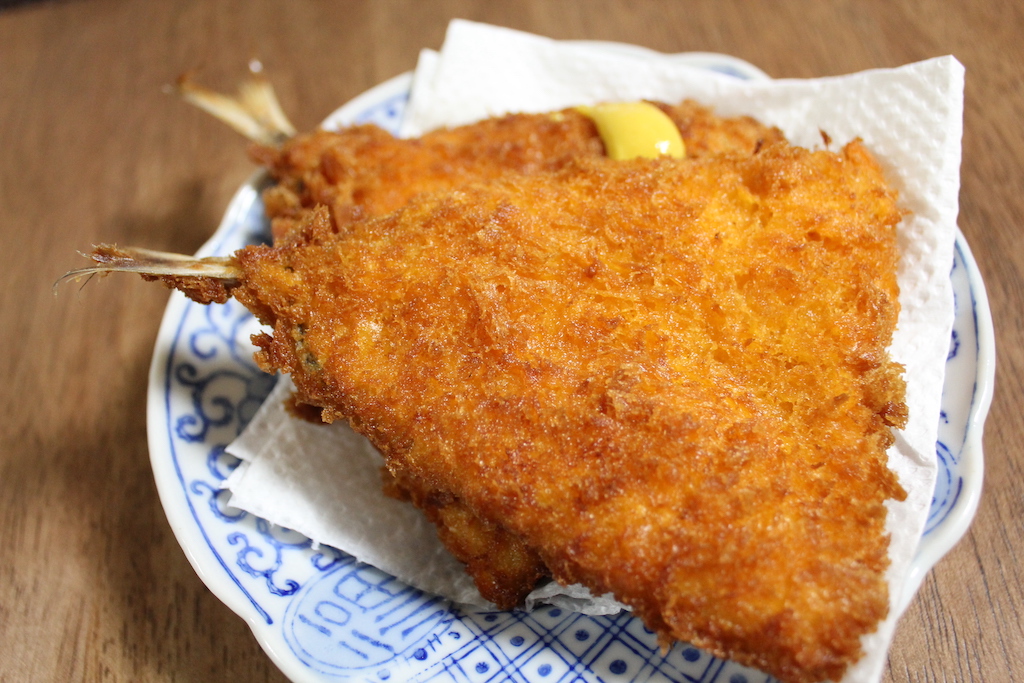
あじつけのり (味付け海苔) / AJITSUKENORI
This is Japanese term for “seasoned nori (seaweed laver)”.
Since normal nori has light and simple taste, Japanese like to eat seasoned nori (a little bit salty and sweet nori), and it’s very good match for white rice.
Interested in learning more about Nori?
What Is Nori (Seaweed Laver) and How Is It Used?
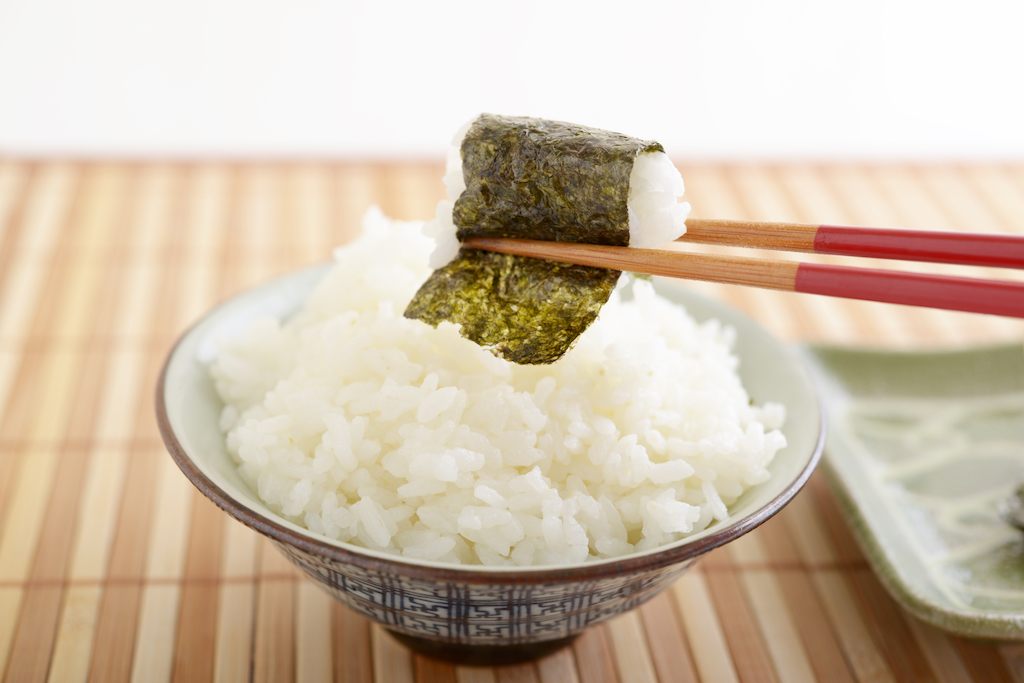
あずき (小豆) / AZUKI
This is Japanese term for “adsuki beans”.
Azuki is the main ingredient of sweet red bean paste which is called あんこ(ANKO) in Japanese.
Also, this is crucial ingredient in 赤飯 (SEKIHAN), glutinous rice boiled with red beans.
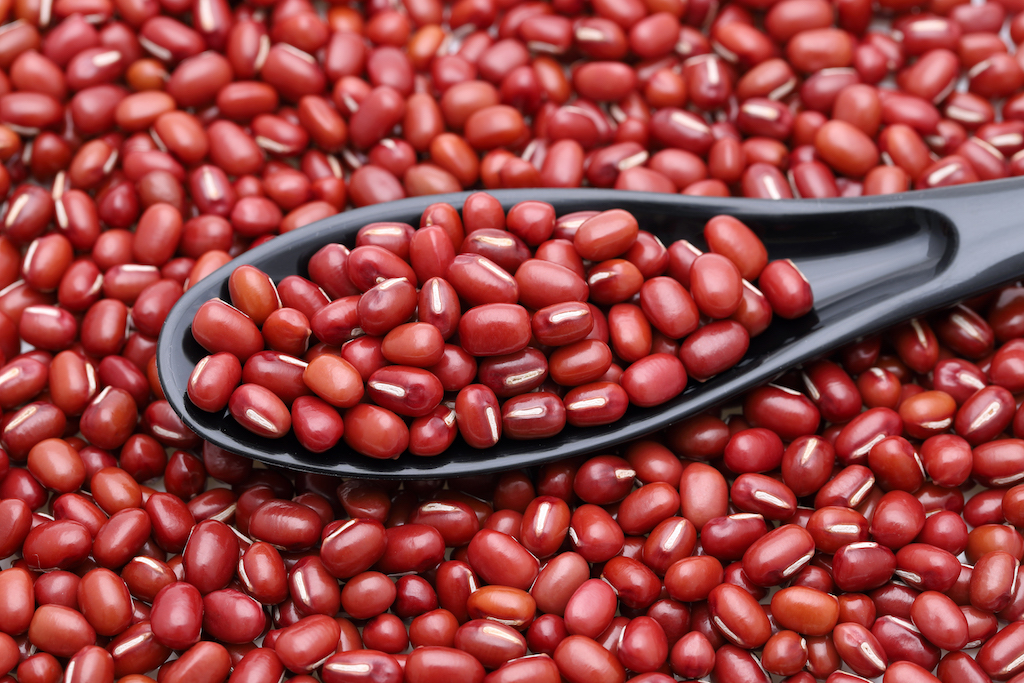
あすぱらがす (アスパラガス) / ASUPARAGASU
This is Japanese term for “asparagus”.
Japanese asparagus can be used in salad and side dishes (maybe it’s the same way in other countries). The bright color of green makes the dish more beautiful looking.

あせろら (アセロラ) / ASERORA
This is Japanese term for “acerola cherry” or “barbados cherry”.
You don’t really see this fruit itself at grocery stores in Japan, but the drink made from アセロラ (ASERORA) is very common and popular drink. It’s sour and sweet, very tasty drink.
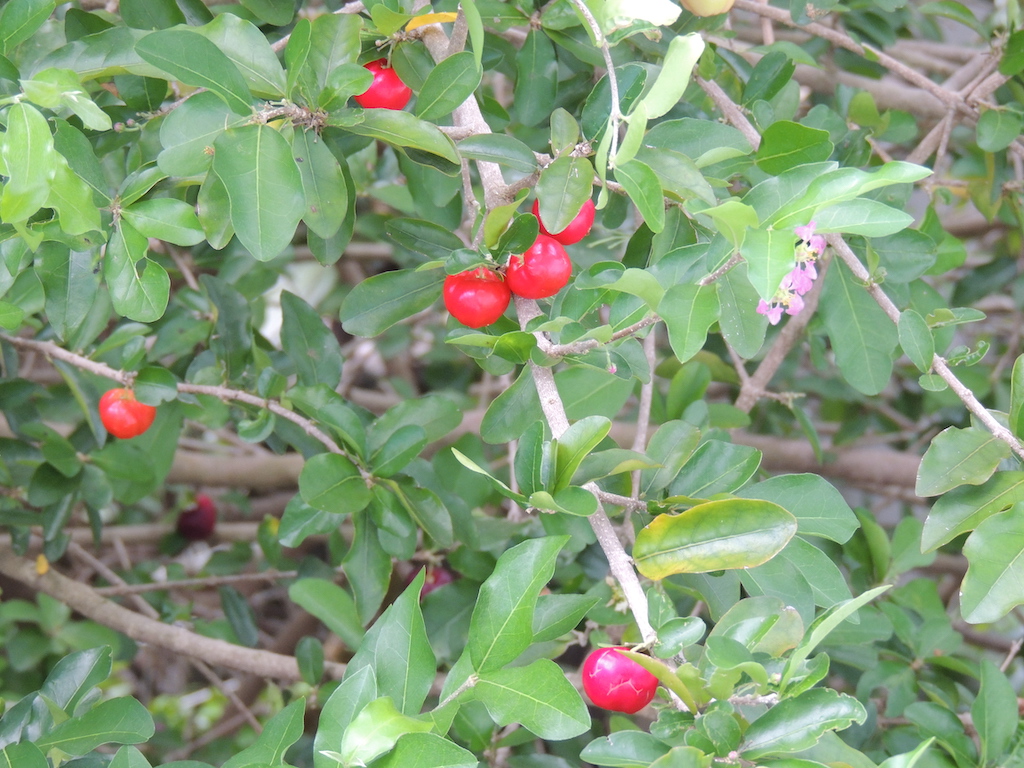
あつあげ (厚揚げ) / ATSUAGE
This is Japanese term for “thick deep‐fried tofu”.
As you may know, thick deep‐fried tofu is very useful material that you can use any type of dishes including stir-fried dish, soup, salad, and hot pot.
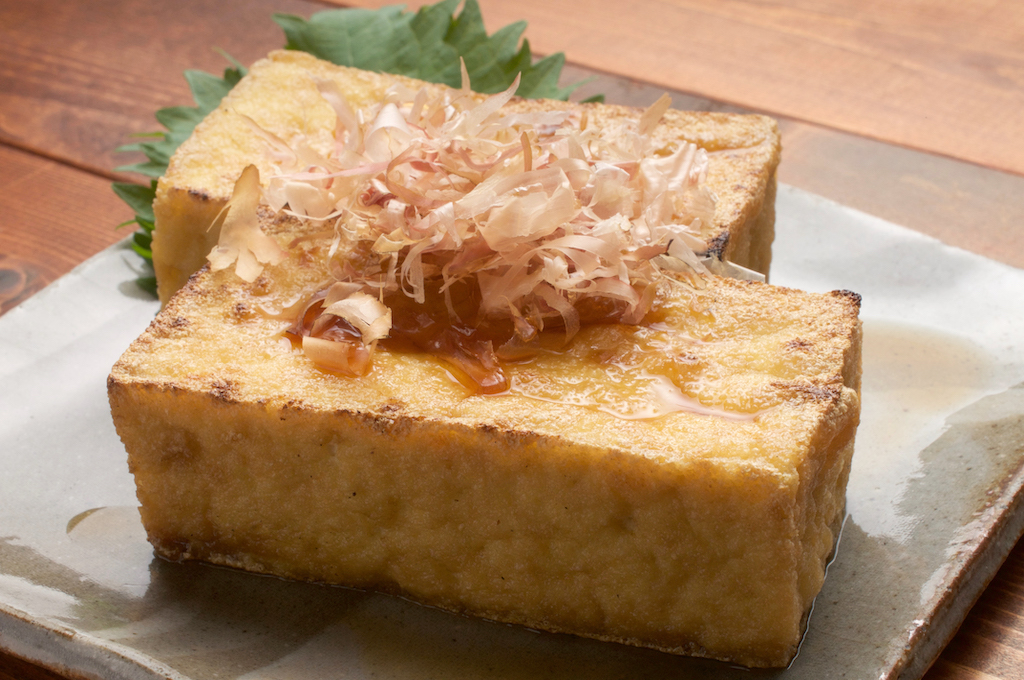
あっぷるぱい (アップルパイ) / APPURUPAI
This is Japanese term for “apple pie”.
Although apple is りんご (RINGO) in Japanese, we don’t call apple pie りんごパイ (RINGO PAI) but call it アップルパイ (APPURUPAI).
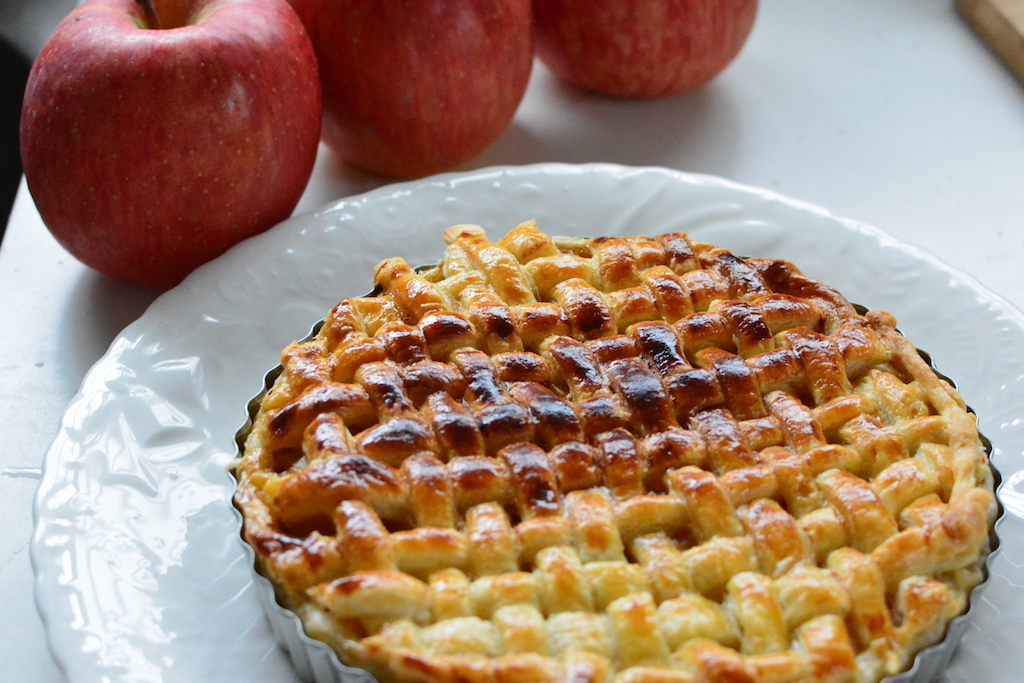
あつやきたまご (厚焼き玉子) / ATSUYAKITAMAGO
This is Japanese term for “thick omelet”.
Unlike normal omelet, Japanese-style is square in shape. It’s because we use the special frying pan for fried eggs.
Adding dashi in omelet is also popular in Japan. I like to add a little sugar to make it sweet and delicious!
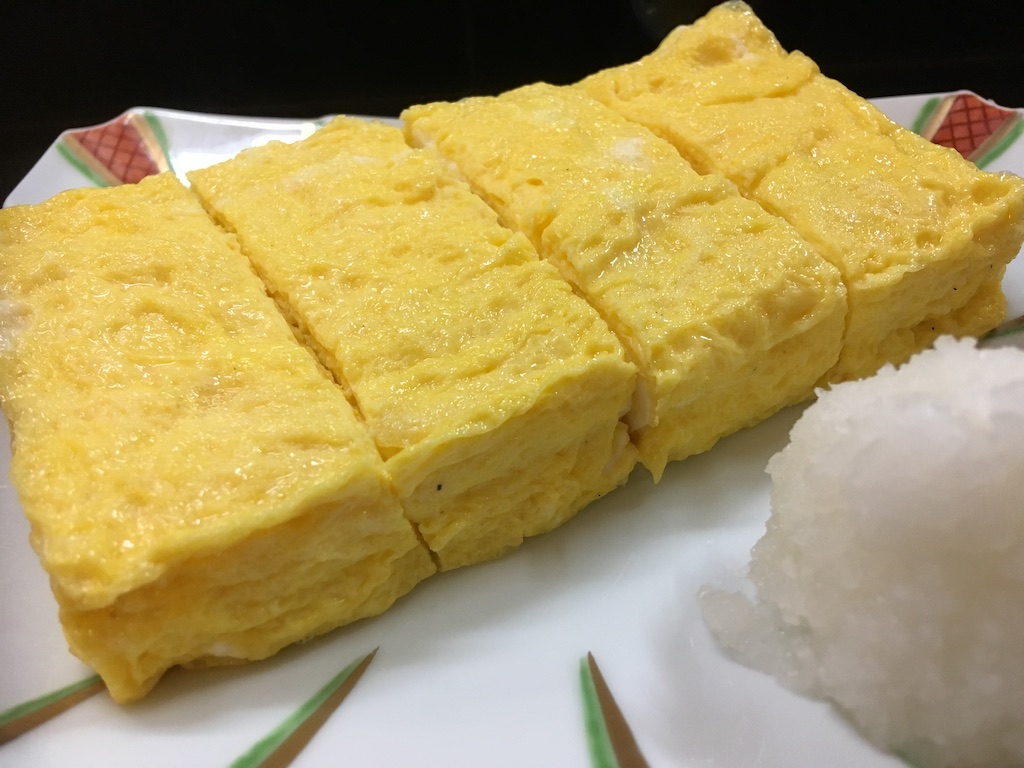
あなご (穴子) / ANAGO
This is Japanese term for “conger eel”.
It’s elongated saltwater fish that is similar to eel, and usually eaten as sushi material after grilled. You should definitely try anago sushi if you’re visiting sushi restaurant in Japan. The fluffy texture of anago with the sweet sauce are the best.
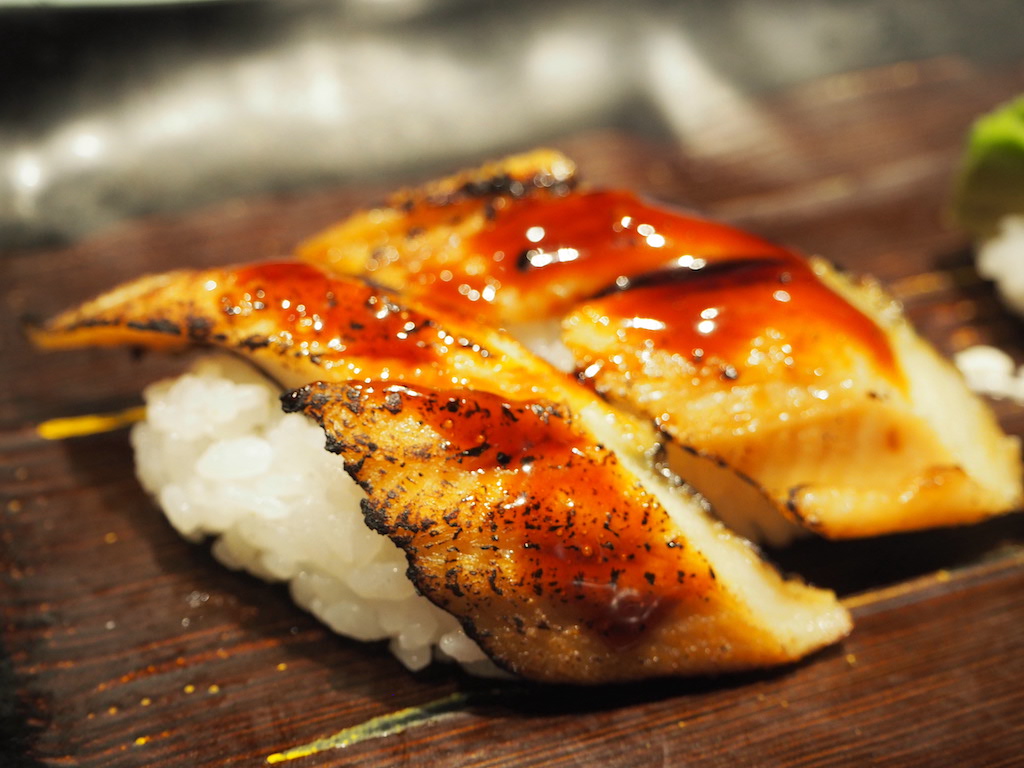
あぶらあげ (油揚げ) / ABURAAGE
This is Japanese term for “thin deep‐fried tofu”.
Since it’s very thin texture, you can feel juicy taste more than atsuage (thick deep‐fried tofu). It’s used in miso soup, various simmered dishes, and inari-sushi.
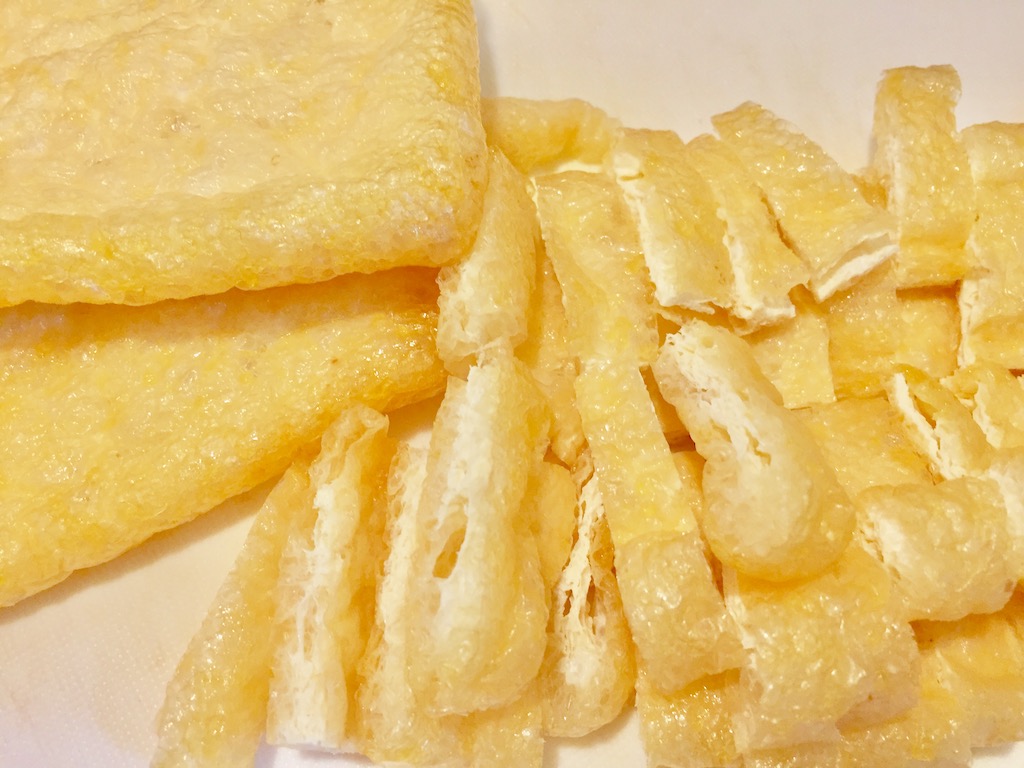
あぼかど (アボカド) / ABOKADO
This is Japanese term for “avocado”.
Avocado has become more and more popular in recent years in Japan. I think how to be used for cooking in Japan is almost the same as other countries.

あまえび (甘海老) / AMAEBI
This is Japanese term for “sweet shrimp”or “spot prawn”. あま (AMA) means sweet.
Unlike the regular shrimp, 甘海老 (AMAEBI) has really sweet taste, and the texture is soft and creamy. We eat it as sashimi and sushi material.
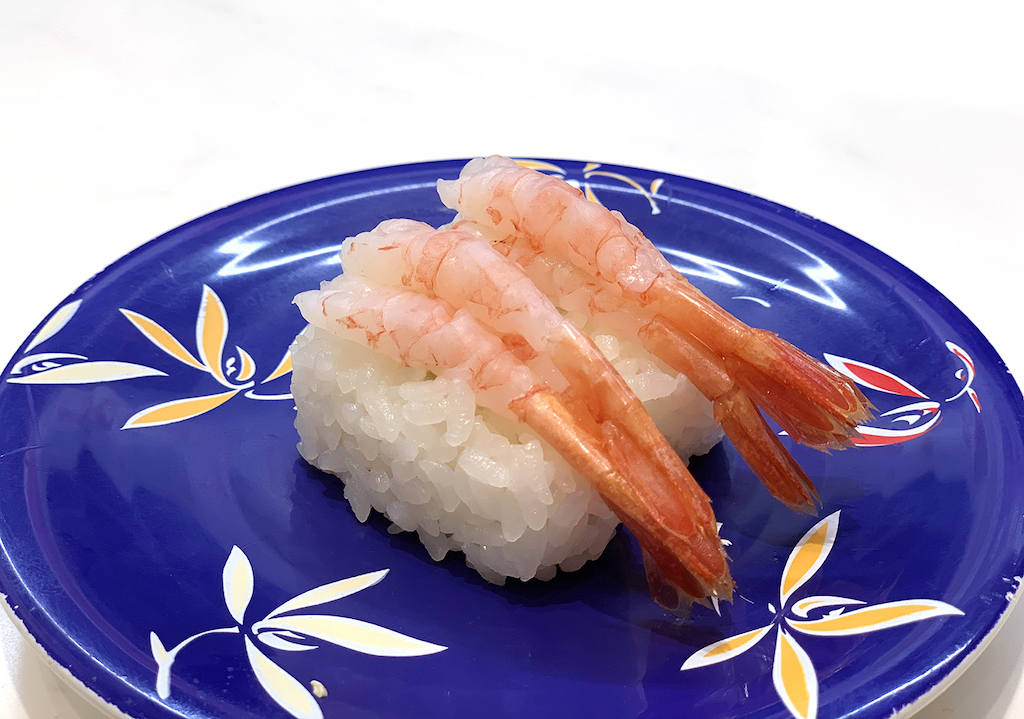
あまぐり (甘栗) / AMAGURI
This is Japanese term for “sweet roast chestnuts”.
甘栗 (AMAGURI) is, as the name says, sweet and delicious because chestnut fruits are put in heated pebbles and steamed with sugar solution.
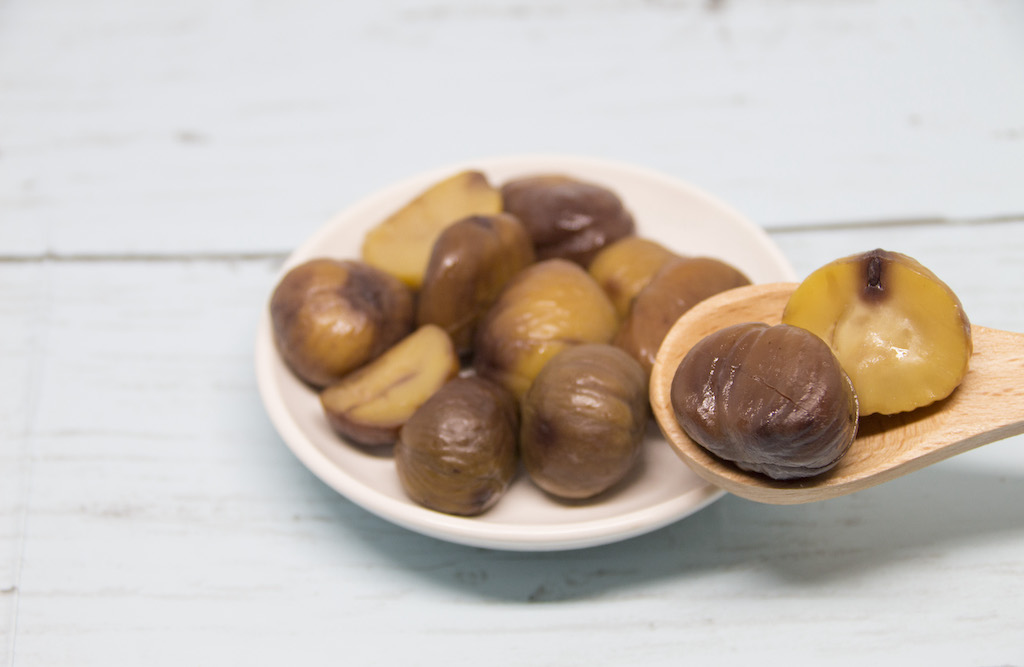
あまなっとう (甘納豆) / AMANATTO
This is Japanese term for “sweetened adzuki beans”.
It’s kind of like a traditional Japanese snack. Although the name uses “natto”, it’s not related to natto.
It’s made from various types of beans such as adzuki beans and green beans. Those beans are boiled sweetly with sugar, and dried well after being sprinkled sugar.

あめ (飴) / AME
This is Japanese term for “candy”.
By the way, there is another あめ (AME) which means rain. Its intonation is different from あめ (飴), and the kanji character is also different. If you write rain in kanji character, it’s going to be 雨.

あめりかんどっぐ (アメリカンドッグ) / AMERIKANDOGGU
This is Japanese term for “corn dog”.
The looks and taste is almost the same as corn dog. But the dough of Japanese one is mainly made from wheat instead of cornmeal.
I’m not sure why Japanese call it “American” dog…

あゆ (鮎) / AYU
This is Japanese term for “sweetfish”.
It’s a very tasty, representative river fish of Japan. People usually eat sweetfish after grilling, simmering, or deep-frying.
It’s also known as luxury ingredient, and especially natural sweetfish can hardly be eaten.
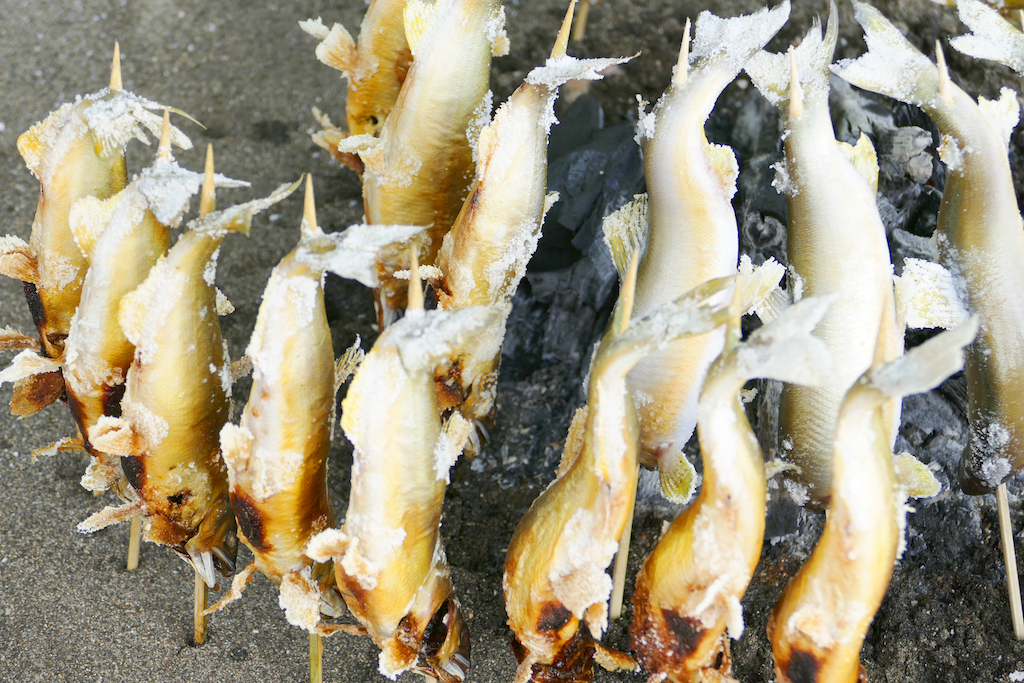
あられ / ARARE
This is Japanese term for “very small rice crackers”.
Although せんべい (SENBEI) is made from white rice, あられ (ARARE) is made from glutinous rice. And, the characteristic is its size, it’s very tiny piece of rice crackers that can be even toppings or bread crumbs substitute.

あわび (アワビ) / AWABI
This is Japanese term for “abalone”.
This is an expensive ingredient characterized by a firm, almost crunchy texture. Japanese like to eat it as a steak, or cook steamed abalone with sake.
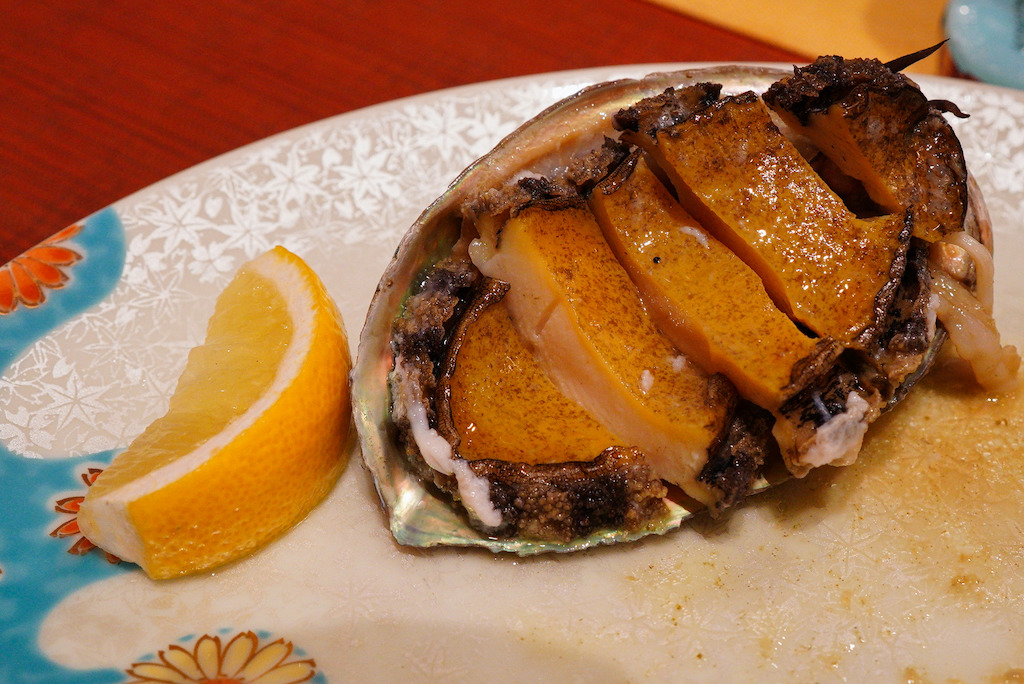
あんきも (あん肝) / ANKIMO
This is Japanese term for “monkfish liver”.
It’s kind of like foie gras, and sometimes called sea foie gras.
Popular way to eat is steam the liver with sake, and eat it with ponzu sauce, minced green onion, and grated daikon. It’s very creamy and tasty, great match for sake.
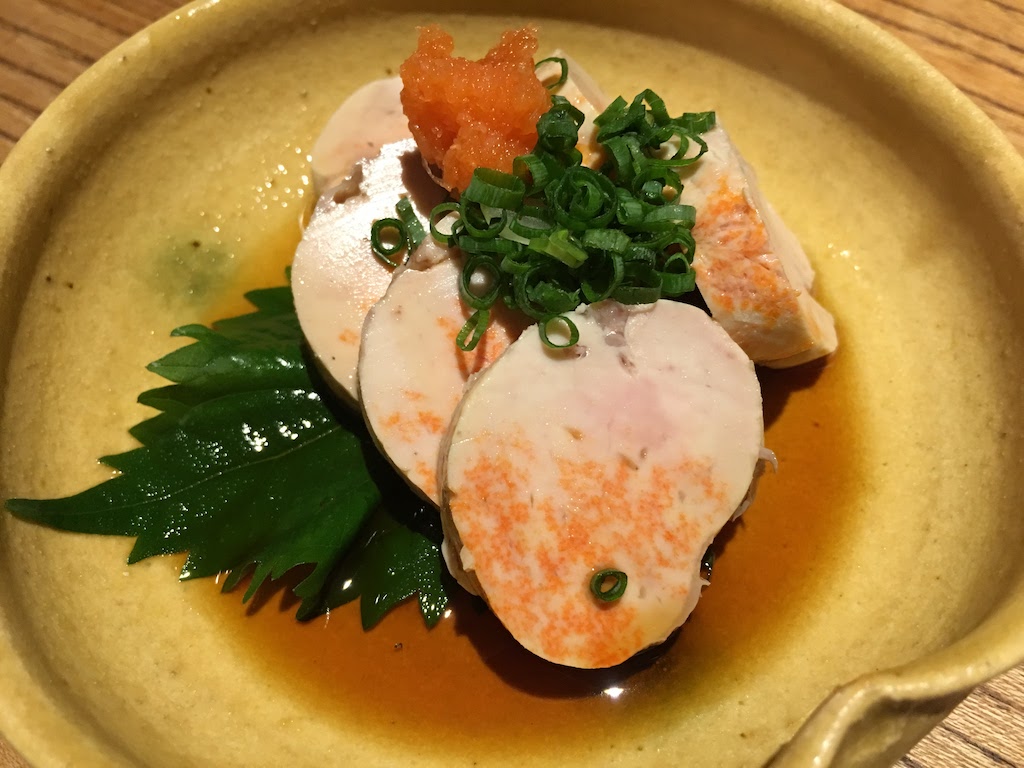
あんこ (餡子) / ANKO
This is Japanese term for “sweet red bean paste” or “bean jam”.
It’s made from a lot of sugar and adsuki beans, and crucial material for making various types of Japanese sweets such as sweet bun, daifuku, and dorayaki.
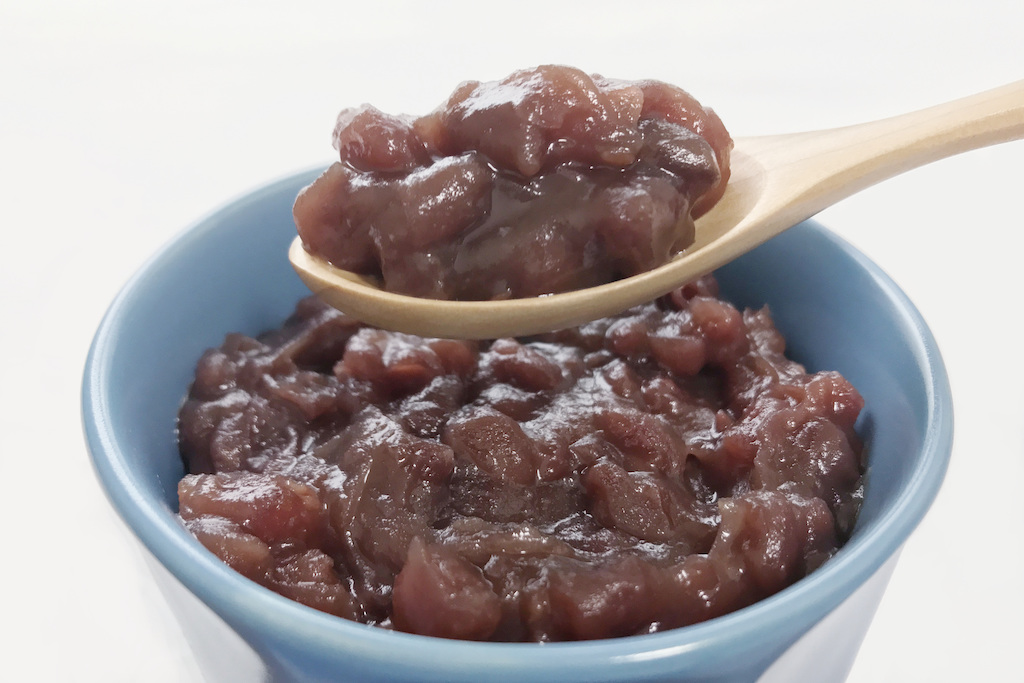
あんず / ANZU
This is Japanese term for “apricot”.
Probably the taste is the same as apricot in other countries. It’s eaten as jam, preserved in syrup, and dried fruit.
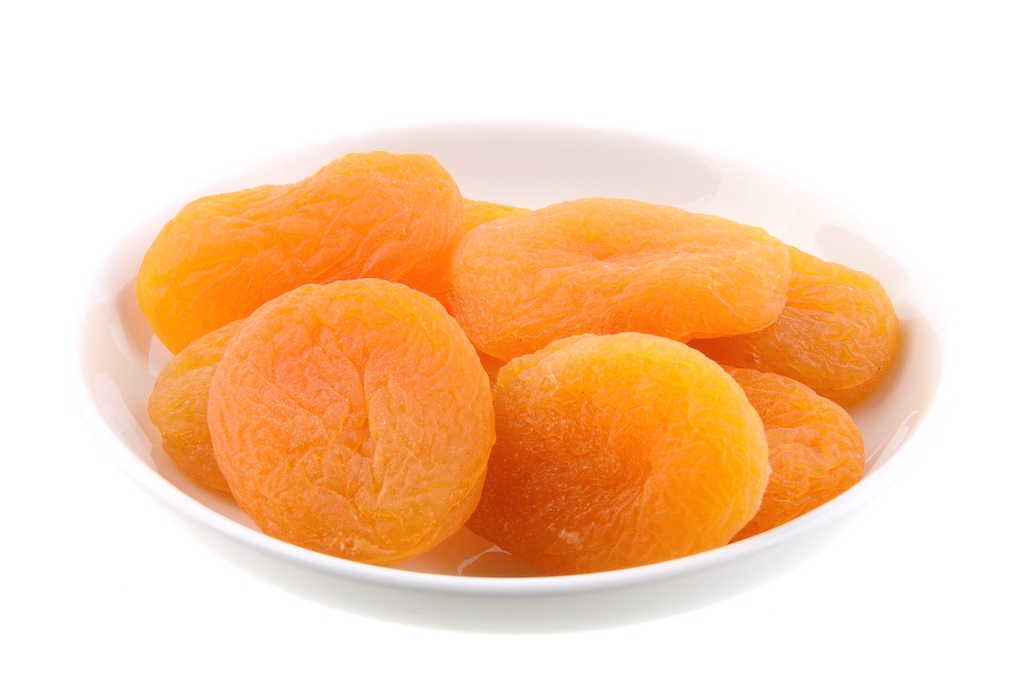
あんぱん (あんパン) / ANPAN
This is Japanese term for “sweet bean bun”.
It’s literally a bread with red bean paste inside. Anpan is also the representative food of red bean paste.
